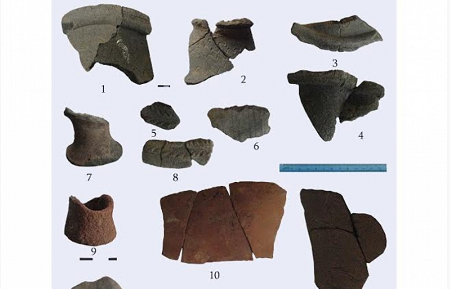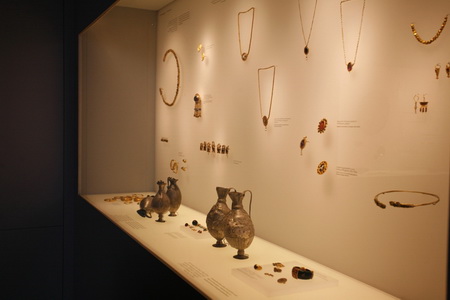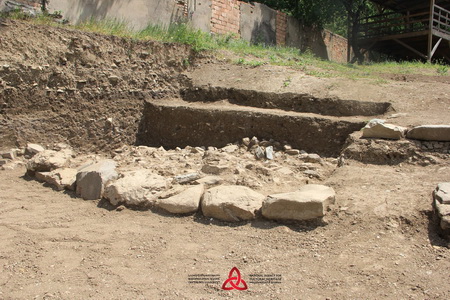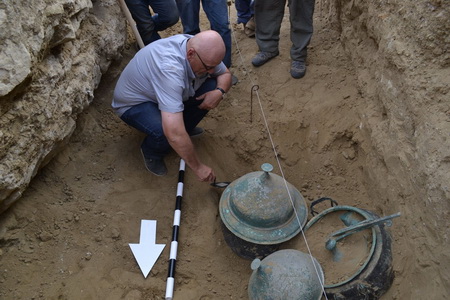Georgian museum displays artefacts from world’s earliest gold mine
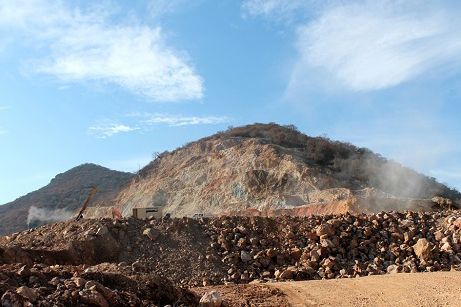
Over a decade’s worth of findings from the world's earliest gold mine in eastern Georgia is going on display at the Georgian National Museum (GNM) later today.
Artefacts from the ancient Sakdrisi gold mine in Georgia's Bolnisi district will be exhibited along with photographs and film footage from a 12-year joint Georgian-German expedition.
Organisers of the exhibition, titled The Gold of Sakdrisi, said the event aimed to illustrate the unique items that prompted scientists to recognise Sakdrisi mine as "man's first gold mining enterprise", dating back about 3400 years BC.
Items and artefacts unearthed at Sakdrisi gold mine and brought to the museum will show how the mining process developed at the site, as well as the local social impact of the discovery of gold.
Among the exhibits will be a grave of a wealthy local community figure, illustrating the first effects of social inequality caused in the ancient settlement by gold mining.
Initial scientific research at Sakdrisi launched in the 1980s, while the first archaeological works started there in 2004.
By studying archaeological digs from 2007-2013, researchers of a joint Georgian-German expedition concluded the area was a prehistoric gold mine dating back to the 34th Century BC, making it the oldest known gold mining location in the world.

Among other archaeological finds in the Caucasus the conference ' On Salt, Copper, and Gold' will discuss items and artefacts discovered at the Ananauri Tomb Site in Eastern Georgia. Photo from the Georgian National Museum.
To complement the Sakdrisi exhibition, an international scientific conference On Salt, Copper, and Gold: The Origins of Early Mining and Metallurgy in the Caucasus will open its doors to the public at the Georgian National Museum today.
The scientific gathering will review numerous historic findings and expeditions including the recent discovery of items and artefacts unearthed at the Ananauri Tomb Site in Eastern Georgia.
The conference will continue until June 19 and is part of a project involving about 40 scientists from Georgia, Germany, the United States, France, Italy, the United Kingdom, Azerbaijan and Armenia.
The scientific occasion will allow gathered archaeologists and researchers to discuss mining and production management of the Caucasus region in the prehistoric period.
The conference will also present results of the 12-year interdisciplinary studies of Sakdrisi, while experts from Azerbaijan and Armenia will present their findings on salt and copper mining as well as metallurgical archaeology in the South Caucasus.
 Tweet
Tweet  Share
Share



